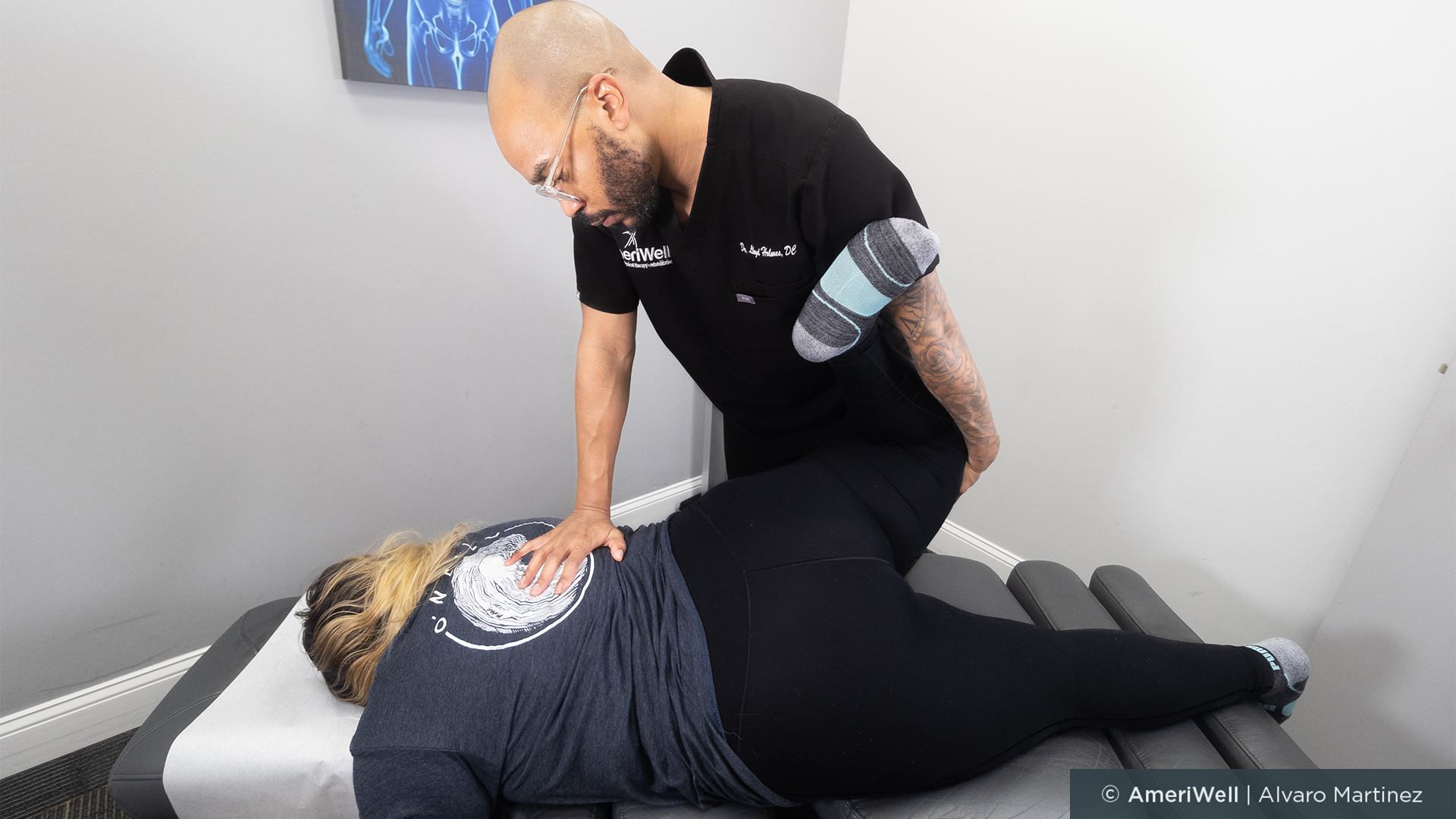Recognizing The ‘Red Flags’ In The Workup Of Acute Low Back Pain
Low back pain affects a vast majority of people at some point, with an annual incidence rate of 5%. It’s one of the most common reasons for doctor visits and is a significant cause of work-related disability, especially for those under 45. Economically, it’s a massive burden, costing billions in healthcare annually. A Rockville, MD, back pain doctor often completes a patient workup to assess the underlying cause of lower back pain. What are some of the red flags to be aware of?
Many cases of acute low back pain don’t have a clear cause, and while symptoms often resolve within six weeks, thorough evaluations are crucial to rule out serious conditions. Identifying “red flags” in a patient’s history and physical examination is essential. These red flags indicate potentially dangerous conditions and warrant further testing.
When evaluating low back pain, history-taking is vital. It’s essential to categorize the pain by duration: acute (less than six weeks), subacute (6-12 weeks), or chronic (more than 12 weeks). Pain persisting beyond six weeks or recurring after initial treatment needs further investigation.
Key Red Flags For Back Pain
What does your chiropractor look for when completing your personalized assessment? Our team shares some insights about when it’s time to see your doctor.
Key risk factors for people suffering from back pain include:
- Age: Back pain in those under 18 or over 50 often signals serious issues like tumors or infections.
- Location and Radiation: Pain extending below the knee may indicate a herniated disc or nerve compression.
- Trauma: Major injuries suggest fractures and require immediate imaging.
- Systemic Symptoms: Fever, chills, and weight loss can indicate infection or malignancy.
- Night Pain and Unrelenting Pain: These symptoms are particularly concerning and suggest severe underlying issues.
- Neurologic Deficits: Severe or worsening symptoms like numbness, weakness, or incontinence require urgent evaluation.
What Should You Do When You Spot Early Signs Of Lower Back Pain?
When you first notice signs of lower back pain, it’s important to take immediate, proactive steps to manage the discomfort and prevent it from becoming a chronic issue. Here are some effective strategies:
- Rest and Activity Modification: Initially, give your back some rest, but avoid prolonged bed rest. Too much inactivity can exacerbate the problem. Instead, modify your daily activities to reduce strain on your back. Avoid heavy lifting, twisting movements, and any activities that exacerbate the pain.
- Apply Ice and Heat: In the first 48 hours, applying ice packs to the affected area can help reduce inflammation and numb the pain. After that, switch to heat therapy, such as warm compresses or heating pads, to relax muscles and improve blood flow to the area.
- Gentle Stretching and Exercise: Engage in gentle stretching exercises to maintain flexibility and reduce muscle tension. Activities like walking, swimming, and yoga can be beneficial. Focus on exercises that strengthen the core muscles, as they support the lower back.
Is It Time To Consult A Healthcare Professional?
If your back pain persists for more than a few days, is severe, or is accompanied by other symptoms like numbness, weakness, or fever, seek medical advice. A healthcare provider can assess your condition, suggest appropriate treatments, and rule out any serious underlying issues.
In addition, consider physical therapy. A physical therapist can create a tailored exercise and rehabilitation program to address your specific needs, improve your strength and flexibility, and prevent future episodes of back pain.
Contact AmeriWell Clinics today for a personalized assessment.
